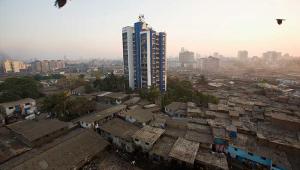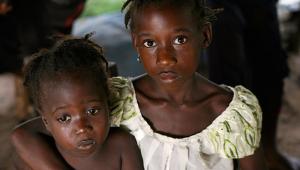At least 400 million people will still be living on less than $1.90 a day unless more money goes to funding education, health and social protection in the world’s poorest countries, the Overseas Development Institute said in a report today.
The institute’s researchers have calculated that the world’s poorest countries face a funding gap of $125bn each year for these three areas. Middle-income countries receive 10 times more aid than low-income nations, according to the research.
ODI report author Marcus Manuel told PF International growth could halve poverty and “investing in health, education and social protection could do the rest”.
Manuel said in a statement: “Donors must reverse the trend of increasingly giving more aid to middle-income countries, who currently receive ten times more aid than low-income countries per person living in extreme poverty.
“Instead, this aid should be focused on the poorest countries that need aid the most.”
He added that if all donors reallocate aid to those who need it the most and spent the UN target of providing 0.7% of gross national income in aid, extreme poverty could be eliminated in the next 12 years.
Manuel told PF International: “Since 1990 the number of people living in extreme poverty has more than halved. By 2030 we can get this number down to zero if we act now.
“Everyone needs to get to 0.7%, otherwise we won’t be able to get to where we need.”
If all countries maximised their income from tax, low- and middle-income countries could increase revenues by $2 trillion to $9.4 trillion a year, researchers found.
The report also found that global economic growth could help reduce the number of people living in poverty.
The report recommended that donors focus their aid on the countries that are not able to finance their own public spending to end extreme poverty even after maximising their tax revenue.
The share of aid provided to the least developed countries should increase from 29% to 50%, the report said.







